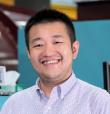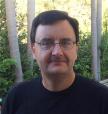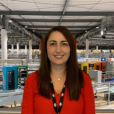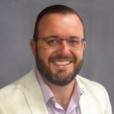
Privacy Policy
Australian Nuclear Science and Technology Organisation (ANSTO) is committed to protecting your personal information in accordance with the Privacy Act 1988 (Cth) (Privacy Act) and the Australian Privacy Principles.

Showing 201 - 220 of 398 results

Australian Nuclear Science and Technology Organisation (ANSTO) is committed to protecting your personal information in accordance with the Privacy Act 1988 (Cth) (Privacy Act) and the Australian Privacy Principles.



Radioisotopes are widely used in medicine, industry, and scientific research. New applications for radioisotopes are constantly being developed.

Role at ANSTO

In cooperation with ANSTO and for the third year running, the IAEA has recently hosted a two-week online training course for women professionals working in numerous nuclear industries around the world, titled 'Women 4 Nuclear Science in Education and Communications'.


A special inaugural event held by ANSTO at its Australian Synchrotron for more than 30 funding organisations has showcased the first of the $100 million BRIGHT Program’s brand new, state-of-the-art beamlines.

Role at ANSTO
Dr Richard Mole is an instrument scientist co-responsible for the cold-neutron time-of-flight spectrometer PELICAN.
Study explored how key proteins manage dietary cholesterol absorption and elucidated crucial transport mechanisms that contribute to cholesterol balance in the body.
Think Science! 2023 Summary and Results


To contact ANSTO, let us help find what you need or you can submit an enquiry.

Phoebe joined Taronga as part of the Wildlife Hospital team in 2012, where she developed a research interest in conservation forensics, leading an international project developing forensic tools to help save the world’s most hea